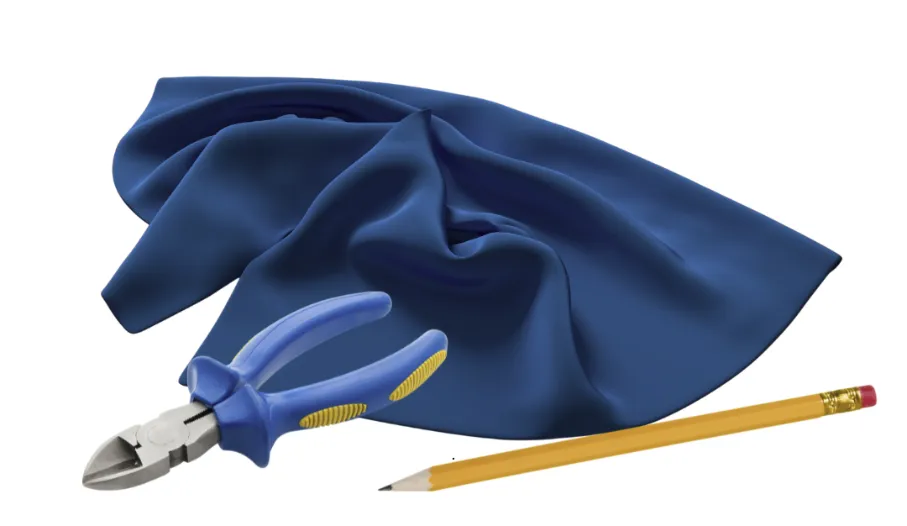As a cellist, you know that the quality of your strings directly impacts your instrument’s sound and playability. Over time, strings wear out, losing their vibrance and responsiveness. Learning how to replace your cello strings is an essential skill that will help you maintain your instrument’s optimal performance. In this comprehensive guide, we will walk you through the process of replacing your cello strings, providing you with the knowledge and confidence to keep your instrument sounding its best.
When to Replace Your Cello Strings
Knowing when to replace your strings is crucial for maintaining your cello’s sound quality. Here are a few signs that it is time for a string change:
- Loss of tone quality: If your strings sound dull or lifeless, it is time for a replacement.
- Difficulty staying in tune: Old strings may struggle to hold pitch, requiring frequent tuning.
- Visible wear and tear: Fraying, unraveling, or discoloration are clear indicators that your strings need to be replaced.
- Reduced playability: If your strings feel rough or unresponsive, it is time for a change.
Selecting the Right Strings for Your Cello
Before replacing your strings, consider the type of strings that best suit your cello and playing style. Factors to consider include:
– String material (steel core, synthetic core, gut)
– Tension (light, medium, heavy)
– Brand and model
Consult with your teacher, luthier, or fellow cellists to find the strings that will help you achieve your desired sound and feel.
Tools and Materials Needed
Before you begin the string replacement process, gather the following tools and materials:
– New set of cello strings (A, D, G, and C)
– String winder
– Fine-toothed comb or string cleaner
– Soft cloth
– Wire cutters
– Pencil

Step-by-Step String Replacement Process
Replacing the A String
- Loosen the old A string using the tuning peg, and carefully remove it from the peg and tailpiece.
- Clean the grooves of the nut (the small piece at the top of the fingerboard that guides the strings) and bridge with a fine-toothed comb or string cleaner.
- Thread the new A string through the tailpiece and over the bridge.
- Insert the string into the peg hole, leaving a bit of slack. Wind the string around the peg, ensuring that each wind is tight and neat.
- Tune the A string to pitch using the tuning peg.
Replacing the D, G, and C Strings
- Repeat the process described for the A string for the D, G, and C strings.
- Pay extra attention to the winding for the thicker G and C strings, as they require more care.
- If your tailpiece has built-in fine tuners for the lower strings, attach the loop end of the string to the fine tuner. If there are no fine tuners, create a small loop using the wire cutters and attach it to the tailpiece.
Troubleshooting Common String Replacement Issues
- String buzzing: Check that the string is seated properly in the nut and bridge grooves and verify that the bridge is perpendicular to the cello’s top.
- Difficulty tuning: Ensure that the string is wound evenly around the tuning peg and that there is sufficient slack before winding. Lubricate the nut grooves with a pencil to reduce string friction.
- String breakage: Avoid overtightening the strings during the replacement process, and make sure to select strings that are appropriate for your cello and playing style
Tips for Proper String Tension and Tuning
- When winding the strings, maintain consistent tension to ensure even pressure on the bridge and soundpost (the small wooden dowel inside the cello that supports the top and helps transfer vibrations).
- Use a pencil to lubricate the grooves of the nut, reducing string friction and helping maintain tuning stability.
- After installing new strings, allow them to stretch for a few hours or overnight before fine-tuning.
- Check your bridge position after replacing strings, ensuring it remains perpendicular to the cello’s top.

Conclusion
Replacing your cello strings may seem daunting at first, but with practice and patience, it will become a routine part of your instrument maintenance. By following this step-by-step guide, you will be able to replace your strings with confidence, ensuring optimal sound quality and playability. Mastering this skill will not only save you time and money but also deepen your understanding of your instrument and how to keep it performing at its best.
Remember to change your strings regularly, as worn-out strings can negatively impact your cello’s tone and responsiveness. As you continue your musical journey, consider exploring the comprehensive online resources available through Practicing Musician. Their cello-specific tutorials and lessons can help you further develop your skills and knowledge, empowering you to become the best cellist you can be.
Check out: Cello Selection Guide and Mastering Cello Bow Tension
For a helpful visual guide on the parts of your cello, check out this informative video:
Getting To Know Your Cello: Parts Of Your Cello
How to Change Cello Strings








Leave A Comment
You must be logged in to post a comment.